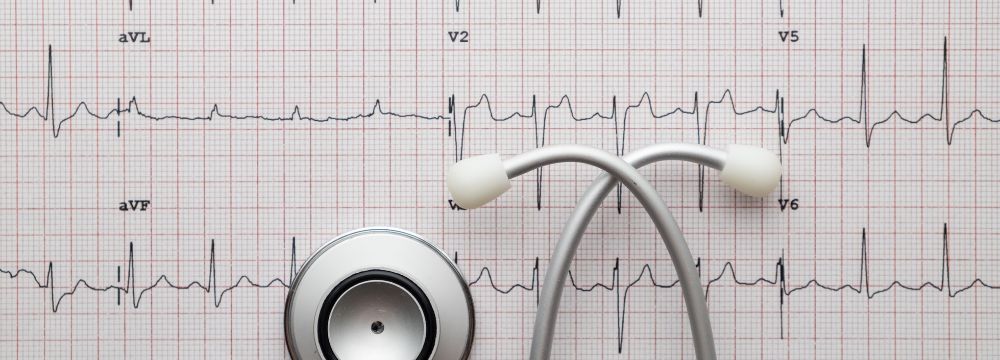Bariatric Surgery

One of the first things you learn when researching bariatric surgery is qualification criteria via the body mass index or BMI. Just about everything related to bariatric surgery and obesity revolves around BMI. The BMI is a ratio of weight versus height that provides a simple, usable estimation of whether a patient is underweight, average, overweight, or obese. Federal guidelines that dictate qualification for bariatric surgery, developed in 1991, state that patients with a BMI of 30 to 34.9 with one or more diseases associated with obesity, also known as comorbidities, may qualify for bariatric surgery. Regardless of comorbidities, patients with a BMI of 40 or more may also be eligible. While individual practices and insurance companies impose many other qualification criteria, the BMI is front and center.
The Limitations of BMI
The BMI is a 200+-year-old calculation once known as the Quetelet Index, named after the Belgian scientist who invented it. It was never meant to be the definitive guide to whether someone was obese, but by the 1970s, that’s precisely what it was used for. A BMI became the cutoff for obesity. Why 30? Most likely because it was around this number that the consequences of excess weight seemed most evident.
However, no data shows that 30 BMI is precise, nor is obesity a quantifiable term using empirical data. The concept of weight classifications is very arbitrary by nature. What do we mean by that? Ultimately, patients with a relatively higher BMI do not always have obesity-related diseases. Others with relatively lower BMIs may suffer from one or more excess weight-related conditions. For example, Waist size is a far better indicator of the potential for heart disease than BMI.
The BMI is inaccurate because it does not consider many human traits, including gender, muscle tone, body frame, ethnicity, race, etc.
Unfortunately, the current 1991 guidelines exclude hundreds of thousands, if not millions, of Americans who may benefit from bariatric surgery but have not crossed the BMI threshold. Millions suffer from high blood pressure, high cholesterol, type two diabetes, and sleep apnea but may not qualify for surgery.
What Is the Latest Guidance?
The American Society for Metabolic and Bariatric Surgery (ASMBS) at the International Federation for the Surgery of Obesity and Metabolic Disorders (IFSO) came together to update their guidance on who should qualify for bariatric surgery. This is an important step forward because we don’t often get these updates and because so much has changed since the 1991 guidelines were created.
The two societies have agreed that we should reduce the threshold for qualifying for bariatric surgery. This means that patients with a BMI of 30 to 34.9 should be eligible for bariatric surgery if they have one or more obesity-related comorbidities. Patients with a BMI of 35 or over should qualify for bariatric surgery regardless of their comorbidities. Ultimately, these loosened restrictions should give many patients the option of bariatric surgery and improve access to care. For example, only about 1 to 2% of all patients eligible for bariatric surgery have the procedure.
Some Additional Context
In addition to these revised BMI numbers, the guidelines have suggested that those of Asian descent should be considered for bariatric surgery with a BMI of 27.5 or greater. This comes from empirical evidence that Asians typically suffer from obesity-related conditions at a relatively lower BMI than other races. Adolescent bariatric surgery was also on the docket, and both societies acknowledged that improvements in technique and technology had made bariatric surgery safer for adolescents. Often, the benefits of surgery outweigh the potential risks. However, of course, this must be decided on a case-by-case basis, and extra care should be taken before approving an adolescent patient for surgery.
What Has Changed in the Past 30 Years
The reason for these guidelines is apparent when you realize how much has changed since 1991. First, a more significant percentage of the American population suffers from excess weight or obesity compared to 1991. Along with that increase, we have seen comorbidities in ever younger patients. Reducing the BMI requirement will also address the metabolic issues affecting these younger and relatively lower BMI patients.
Also, bariatric surgery itself has become far safer. Before the early 1990s, bariatric surgery was often performed as an open procedure, which carried some significant risks, including a higher risk of infection, blood loss, longer recovery times, and incisional hernias versus today’s minimally invasive options. Today, most bariatric procedures are minimally invasive, and the result is significantly reduced risks and complications, approximating those of a simple gallbladder removal or cholecystectomy.
When Will These Guidelines Become Relevant to the Average Patient?
Unfortunately, these are not regulatory mandates from the federal government and other health agencies. Instead, these are simply guidelines based on research from relevant societies. However, this kind of research often makes its way into public policy. We expect many of these suggestions to be implemented into governmental policy at some point. Once that happens, insurance companies usually follow suit, and we hope that guidelines will be updated in the next several years. Until then, patients with a BMI of 35 or over can speak to our bariatric surgeons to understand if they may qualify for bariatric surgery. If, however, you don’t qualify for bariatric surgery, we also have a comprehensive non-surgical medical weight loss program that can help those with lower BMIs









